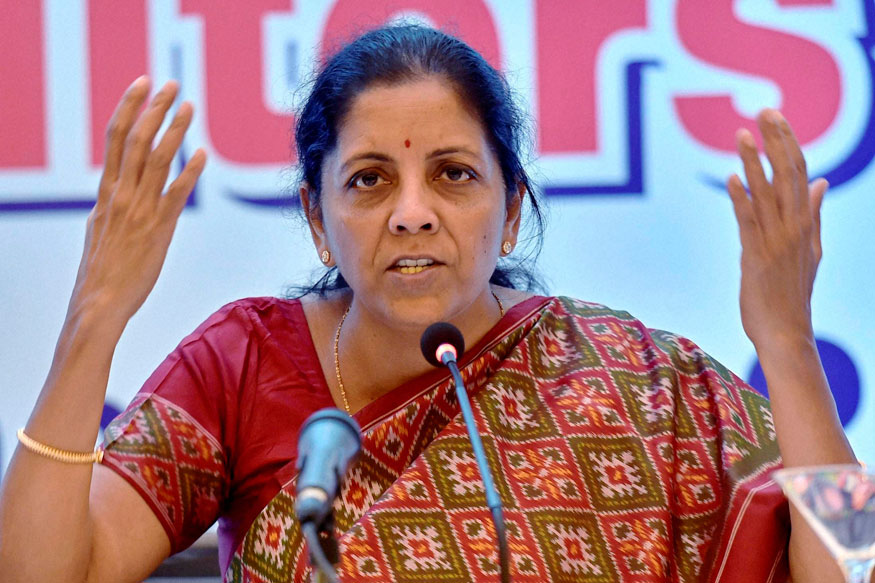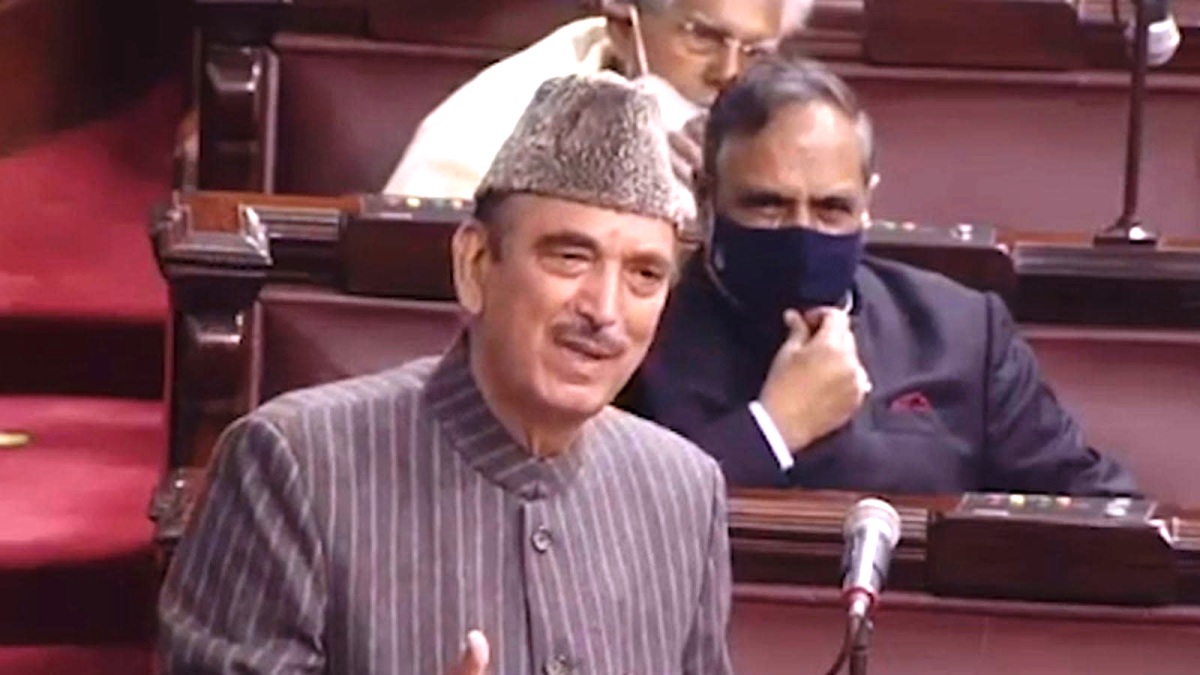J&K Government tabled the J&K Economic Survey 2017 in the state legislature. It carries a number of chapters listing and detailing the various initiatives that were introduced last fiscal. One of them is about the how the government is working on Public Financial Management System. Here Kashmir Life reproduces the entire chapter in larger public interest

The Public Financial Management System (PFMS), earlier known as Central Plan Schemes Monitoring System (CPSMS), is a web-based online software application. PFMS was initially started during 2009 as a Central Sector Scheme of Planning Commission with the objective of tracking funds released under all Plan schemes of GoI, and real time reporting of expenditure at all levels of programme implementation. Subsequently the scope was enlarged to cover direct payment to beneficiaries under all the schemes. The latest enhancement in the functionalities of PFMS commenced in late 2014, wherein it has been envisaged that digitization of accounts shall be achieved through PFMS and the additional functionalities would be built into PFMS in different stages. The primary objective of PFMS is to facilitate sound Public Financial Management System by establishing an efficient fund flow system as well as a payment cum accounting network. PFMS provides various stakeholders with a real time, reliable and meaningful management information system and an effective decision support system, as part of the Digital India initiative of Government of India. There are various Centrally Sponsored Schemes (CSS) which are implemented by the State Governments and funded by Central Government. For these schemes, the PFMS facilitates instant availability of sanction orders, credit advice and date of payments to State Governments. This supports the administrative Secretaries of State Ministries and to the Finance secretary in the authorization and release of the funds to the executing agencies. PFMS captures payment at each level and transmits the information to the parent agency/ Ministry on real time basis. Till now the process has been dependent on the physical authorizations but due to enhanced technological interventions it has become now more feasible at Central Ministry and at the State Government levels to carry out certain processes under e-governance ecosystem. The link between the Central Ministry and the State Government is now established through exchanging Data electronically. The interface and data exchange process between Central Government Ministries and the State Government Ministries is termed as Public Financial Management System (PFMS). PFMS help for tracking and monitoring fund disbursement and utilization under Central or Centrally Sponsored Schemes on a real time basis. PFMS is a financial management platform for all CSS schemes under which a Data base of all the recipient agencies, integration with core banking solutions, integration with State treasuries and tracking of fund flow efficiently and effectively can be established leading to better monitoring of the schemes implemented by the agencies of the State or Central Government. A real time access to information on resource availability and utilization can be administered by each executing agency at all the levels of executive management in the Department. PFMS has been implemented across J&K in all the Ministries. The fund flow of various CSS is now being monitored through PFMS portal.
Objectives of PFMS
The scope and extent of PFMS is very vast. State Government can instantly receive details of funds devolved from Government of India. The utilization can be monitored by State Departments for the Schemes where Funds received from Government of India is further transferred to Implementing Agencies. The information on releases will be known to each Department. The scope of work varies from monitoring at the top level of management to removal of ghost beneficiaries at the bottom level through online validation of bank accounts and other online available verification tools.
Few of the objectives of PFMS are enlisted below:
- Tracking of flow of funds to the lowest level of implementation.
- On line information of bank balances to facilitate “just-in-time” provision of funds to implementing agencies.
- E-Payment to ultimate beneficiaries.
- Decision Support System for all levels of programme managers.
- Dissemination of relevant information to citizens.
- Enhance transparency and accountability in public expenditure.
Modules of PFMS
There are various modules of PFMS developed for the user agencies which are discussed below:
Fund Flow Monitoring Module
This module contains various processes given hereunder:
- a) Agency Registration
This is a registration process under which each agency has to register in the PFMS portal. Each agency is assigned its login for further creation of Management Information System (MIS) scheme wise which is electronically mapped with the CSS or CS scheme of the Government of India.
- b) Expenditure-Advance-Transfer (EAT) module
This is an extremely important functional module of PFMS for monitoring the ultimate utilization of funds. After completion of registration process, the Agencies can create Maker and Checker type users to use Expenditure-Advance-Transfer (EAT) module for transferring funds or advances to lower level Agencies and e-payments to vendors, employees and beneficiarie. This is the real time financial Management Information System (MIS).
- c) Fund tracking system for State schemes
The flow of funds from Central Ministry to each State Department can be tracked online under this module and a reporting system can be generated for monitoring utilization of Funds under fund tracking system. This is an efficient fund flow monitoring and decision support system for effective management of the available resources with less chances of wasteful expenditure and wedge on the diversion of funds.
Direct Benefit Transfer (DBT) Module
The DBT schemes are under process of implementation in the State for making payments directly to the beneficiaries. The use of PFMS, DBT module enables payment, accounting and reporting under Direct Benefit Transfer. DBT schemes are processed for electronic transfer by creating an e-file in the PFMS payment module.
Bank and Treasury Interface Module
Treasury Interface enables sharing State Treasury data with PFMS for tracking utilization of funds for all Central Schemes and CSS. PFMS – Core Banking Solution (CBS) interface helps tracking of funds transferred from Central Ministries at each successive stage, starting with the initial release to the level of actual realization. PFMS-Core Banking Solution Interface facilitates online validation of beneficiaries, and Agencies bank account details. Electronic payment files are generated through PFMS for three modes of payments, viz. Print payment Advice (PPA), Digital Signature Certificate (DSC) and Corporate Internet Banking (CINB).
Administrative Structure for the implementation of the PFMS in the State
PFMS has multi tiered project organizational structure explained hereunder;
State Advisory Committee (SAC) at apex level
The State Advisory committee is headed at the apex level by the Chief Secretary of the State. The State Advisory Body has been formulated to monitor progress under implementation of PFMS in the State of Jammu and Kashmir.
State Project Management Unit (SPMU) at State level
State Project Monitoring Unit has been created in the State and manpower to administer the SPMU has been provided by the Government of India, Ministry of Finance and also rest of the staff is augmented by the State Government.
District Project Management Unit (DPMU) at district level
District Project Management Units are small group of people positioned at the District level to oversee training and co-ordination. Personnel required for the DPMU need to have skill-sets in the areas of training, handholding. SPMU is empowered to provide the manpower through outsourcing as the need arises to DPMU.
Conclusion
The PFMS is under implementation in the Jammu and Kashmir State and almost all the Centrally Sponsored Schemes are covered within the ambit of online PFMS monitoring platform. The funds are now transferred to State Government under all the schemes by Central Ministries through PFMS web application software. However various impediments are coming forth in the expenditure monitoring part due to classification and mapping issues which are under process of rectification and shall be impassive in the coming years. The State Government is focused to have 100 % fund allocation, expenditure monitoring and tracking system in vogue in the coming years so as to have a transparent, efficient and effective financial management system.
With the complete implementation of the PFMS in the State, it is visualized that it will ensure better cash management for government, transparency in public expenditure and real-time information on resource availability and utilization across schemes.
The implementation in right perspective will also result in improved programme administration and management, reduction of float in the system, direct payment to beneficiaries and greater transparency and accountability in the use of public funds. The proposed system will be an important tool for improving governance.















